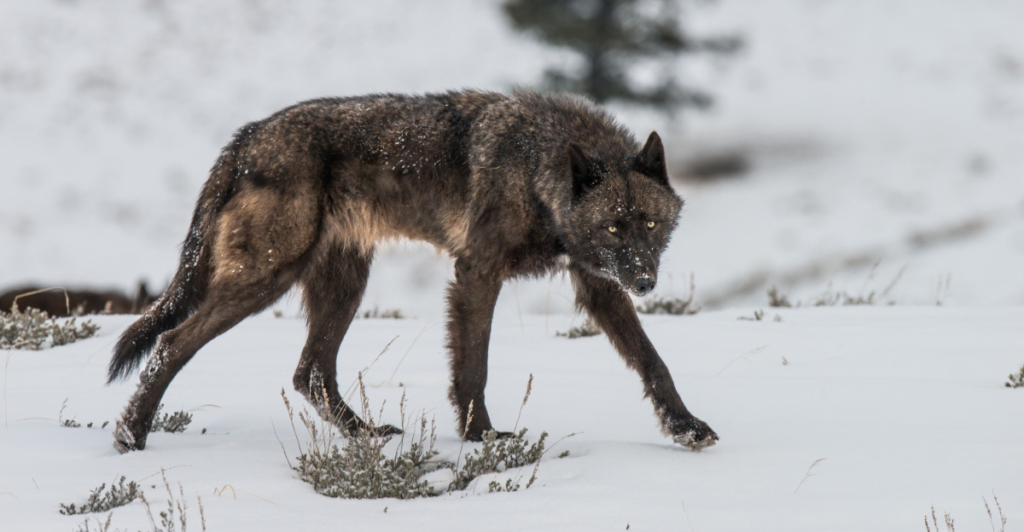
The Southwest has sun-scorched deserts, jagged rock formations, and resilient life. Some of the most fascinating creatures can be found in this area, living their best lives and thriving like never before. Harsh environments are no match for these creatures, and one is more interesting than the other, making them some of the most fascinating creatures in the Southwest.
1. Desert Tarantula
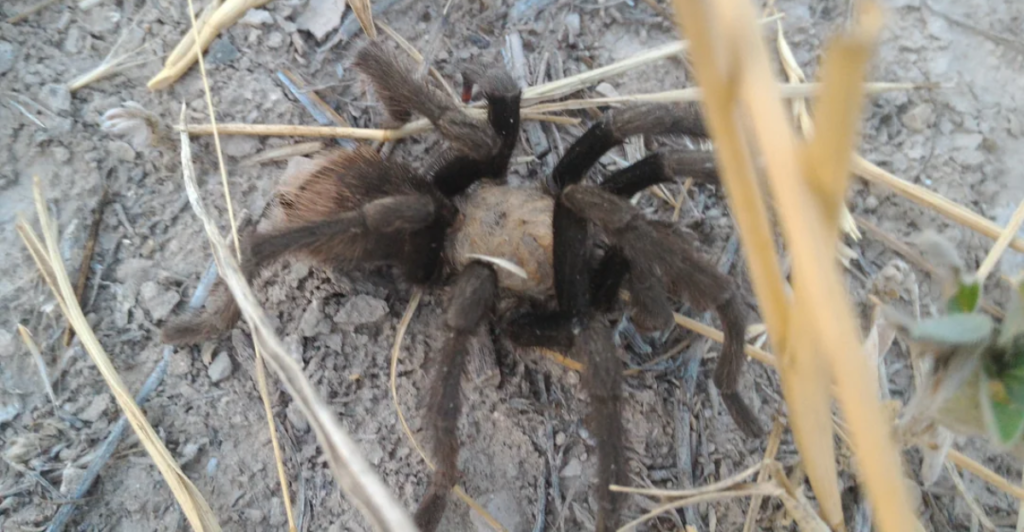
These large-bodied spiders, measuring up to 4 inches, spend most of their lives in burrows lined with silk webbing to prevent collapse. Their burrows offer protection from extreme temperatures and serve as hunting grounds for insects and small arthropods. They have defensive urticating hairs that can easily irritate predators, but they rarely stray far from their homes except during mating season.
Male tarantulas mature at around 10 years and start on their journey to find the perfect mate. Immediately after mating, they often fall prey to predators or succumb to harsh conditions. These little creepers play an important role in maintaining the delicate balance in the ecosystem.
2. Gila Monster
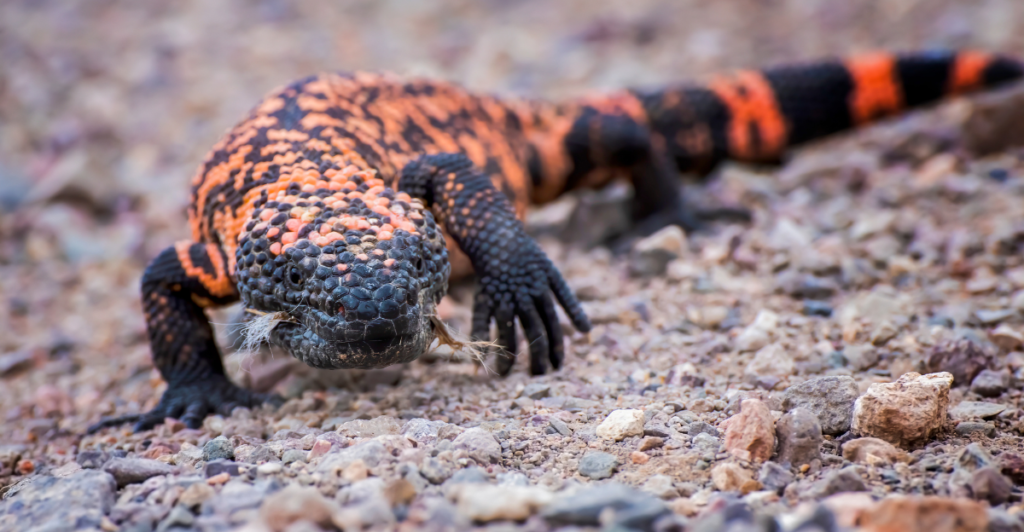
These black and orange creatures are among the most interesting-looking guys out there. The largest native lizard in the U.S., it can grow up to 22 inches long and weigh around 4 pounds. This venomous reptile spends up to 98% of its life in underground burrows, emerging primarily during spring to hunt small mammals, birds’ eggs, and insects. Its venom, delivered through grooves in its teeth, is potent but rarely lethal to humans.
These critters have adapted to the harsh environments of the desert as they store fat in their tails for energy when food sources become scarce. They have razor-sharp claws that help them dig their burrows and prey without hassle. They can often be found in the rocky foothills of Arizona, California, Nevada, Utah, and Mexico.
3. Roadrunner
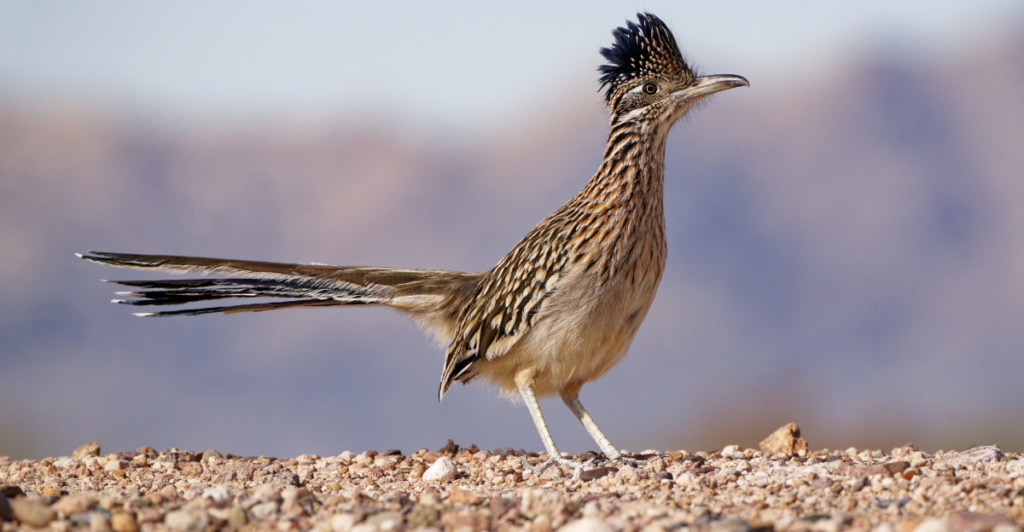
These speedy birds are well-known for their speed and adaptability. This ground-dwelling bird can run up to 25 miles per hour in semi-arid habitats like deserts, scrublands, and grasslands, avoiding dense forests and urbanized areas. With mottled brown-and-tan feathers, long legs, and a distinctive crest, the roadrunner is perfectly designed for life in open terrain.
These birds are opportunistic hunters, preying on anything that comes their way, like small mammals, reptiles, insects, and even rattlesnakes, which they kill by repeatedly striking their heads. They’ll also snack on fruits and seeds during winter when food becomes more challenging. Although they can fly short distances, they prefer to outrun any predators that might come their way.
4. Desert Tortoise
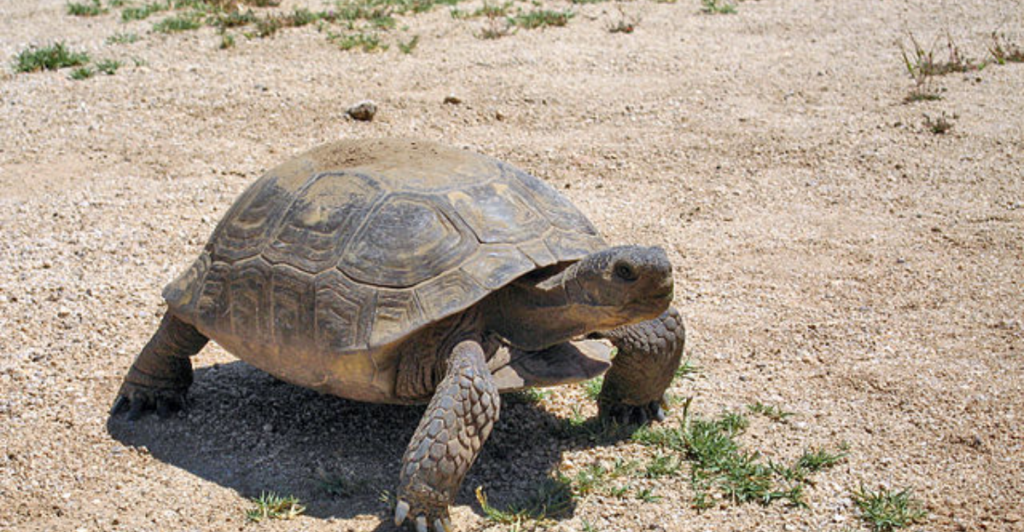
These slow-moving reptiles have claimed their state in the Southwest, and they’ll be here to stay. They can be found in the Mojave and Sonoran Deserts and can live for around 80 years. These tortoises prefer to spend most of their time in their burrows, where they regulate body temperature and conserve water. Other animals also use their burrows to hide from predators or the harsh desert weather.
Desert tortoises are herbivores that feed on grasses, wildflowers, cacti, and shrubs, often obtaining water from the succulents they consume. They are most active after seasonal rains but remain dormant during extreme heat or cold. They can endure extremely high temperatures and survive on limited water. Their habitats are being threatened, and they are now listed as an endangered species.
5. Western Diamondback Rattlesnake
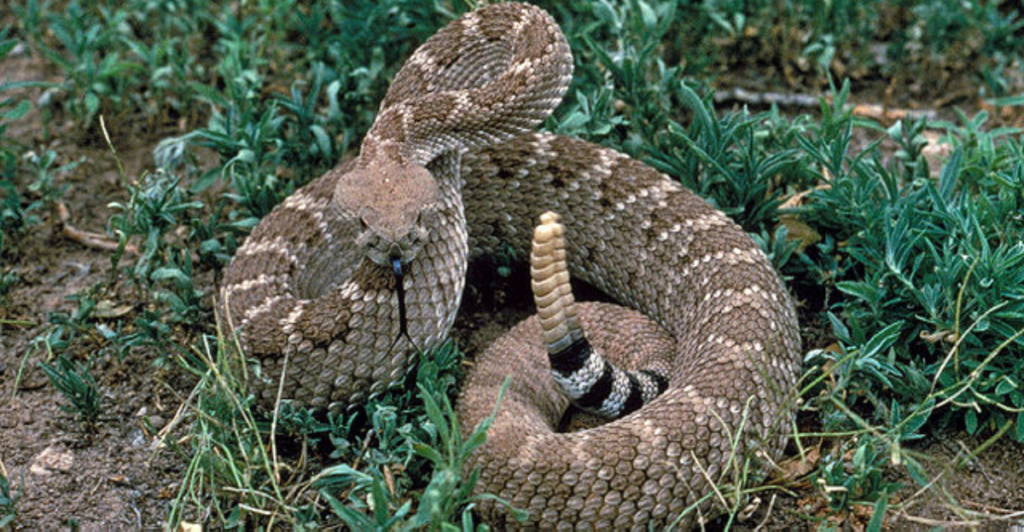
This remarkable creature is well-known for its distinctive diamond-shaped patterns along its back and its signature rattling tail. It can most commonly be found in the Southwest regions of the United States, in a variety of different habitats in California, Texas, Arizona, New Mexico, and northern Mexico. It can mostly only be seen at night, as it is a nocturnal creature that uses heat-sensing pits near its eyes to locate prey.
These snakes might seem frightening, but they help maintain a delicate balance in the ecosystem. They help keep rodent populations under control while just living their lives. During colder months, these snakes congregate in communal dens for hibernation. While their venomous bite is highly dangerous to humans, they won’t attack unless they feel trapped or threatened.
6. Harris’s Hawk
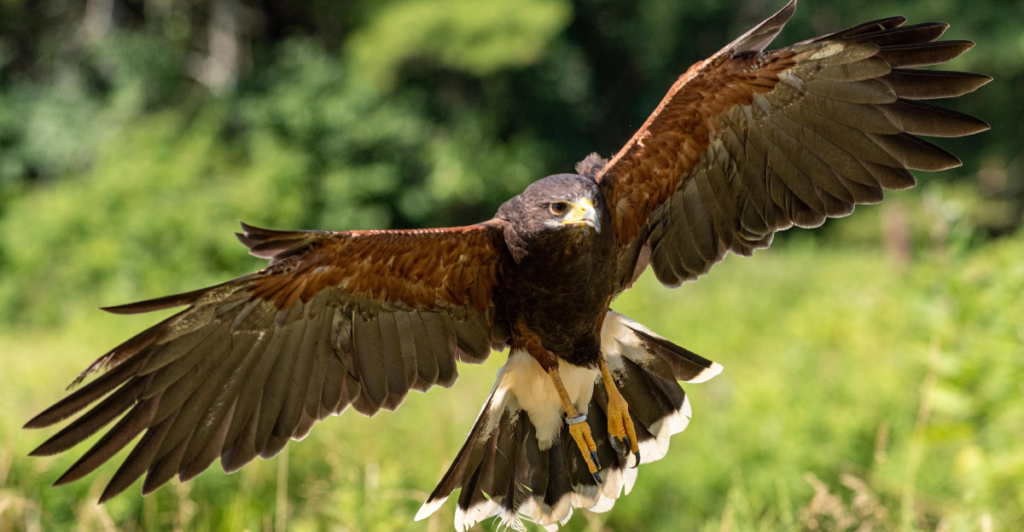
The Harris’s Hawk is a unique and highly social raptor native to the American Southwest. It thrives in semi-arid habitats like mesquite deserts, scrublands, and areas dominated by saguaro cacti. The most remarkable trait of these birds is that they hunt in groups of 2 to 7 to trap their prey, such as rodents, rabbits, and lizards. Their eyesight is up to eight times stronger than humans, making them such great hunters in the first place.
These hawks also display fascinating nesting habits, often building compact stick nests high in trees, cacti, or man-made structures. Females typically lay 2–4 eggs and perform most of the incubation duties, while group members help protect the nest from predators like coyotes and great-horned owls. These birds are also known to live for up to 20 years and prefer staying in their social circles for survival.
7. Mountain Lion
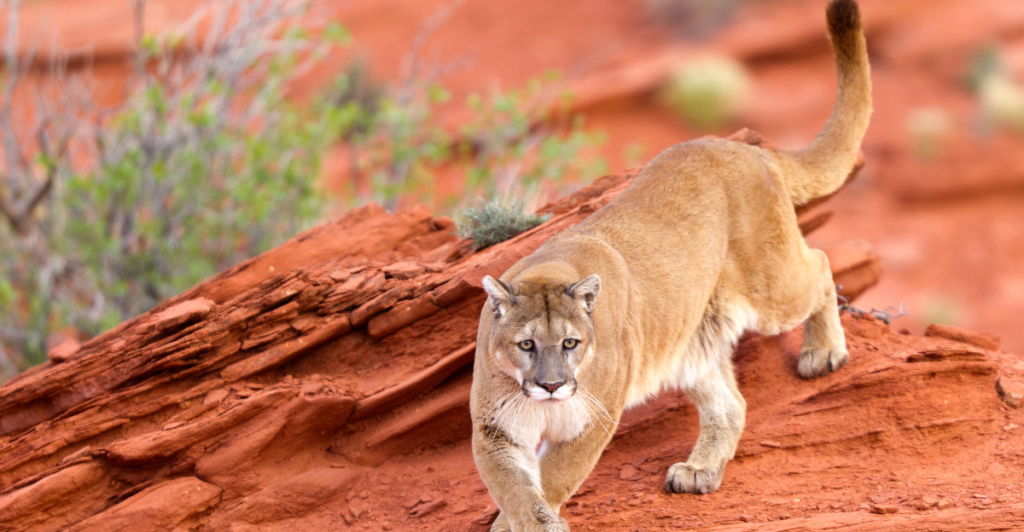
This cat is known by several different names, such as cougar, puma, or panther, and it is one of North America’s largest predators. These cats are easily adaptable and can thrive in a variety of environments. They have distinctive features like their tawny coat and black markings on their ears, snout, and tail. They can also leap up to 15 feet while hunting and are mostly opportunistic hunters.
Mountain lions require vast territories to survive, with males occupying ranges as large as 75 square miles. Despite their adaptability, habitat fragmentation and human encroachment pose significant threats to their populations. Conservation efforts have helped stabilize numbers in some areas, but trophy hunting and habitat loss still threaten these cats.
8. Coyote
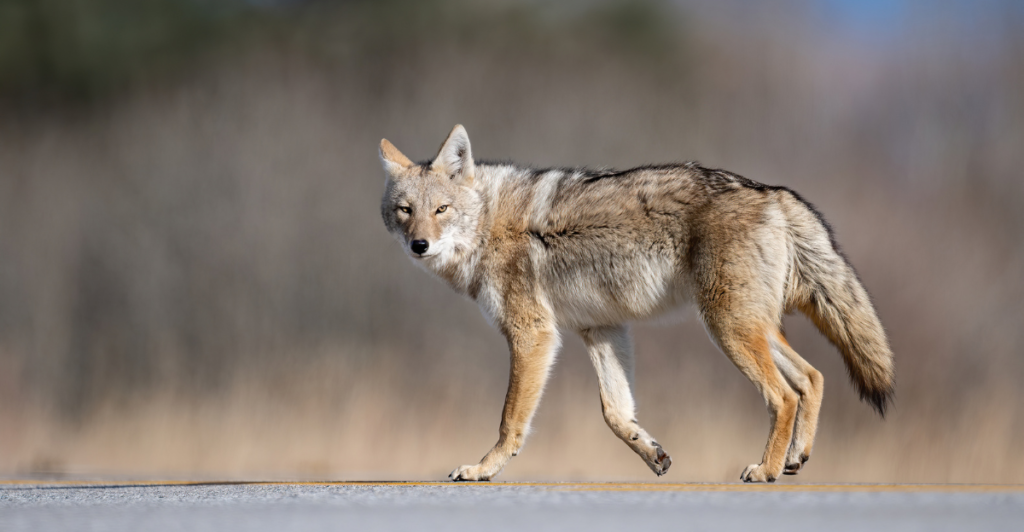
These resilient little creatures can be adaptive as they can be found in anything from grasslands to urban areas, waiting to snack on something. Coyotes are medium-sized members of the dog family, resembling a smaller version of a wolf with slender builds, bushy tails, and pointed ears. Their diet is highly varied—omnivores hunt small mammals, reptiles, and birds while scavenging for carrion and consuming fruits and vegetation.
They can sound quite intimidating when they call out to pack members or mark their territory. They might seem pesky to some, but they are resourceful survivors capable of living alone, in pairs, or packs, depending on environmental conditions.
9. Cactus Wren
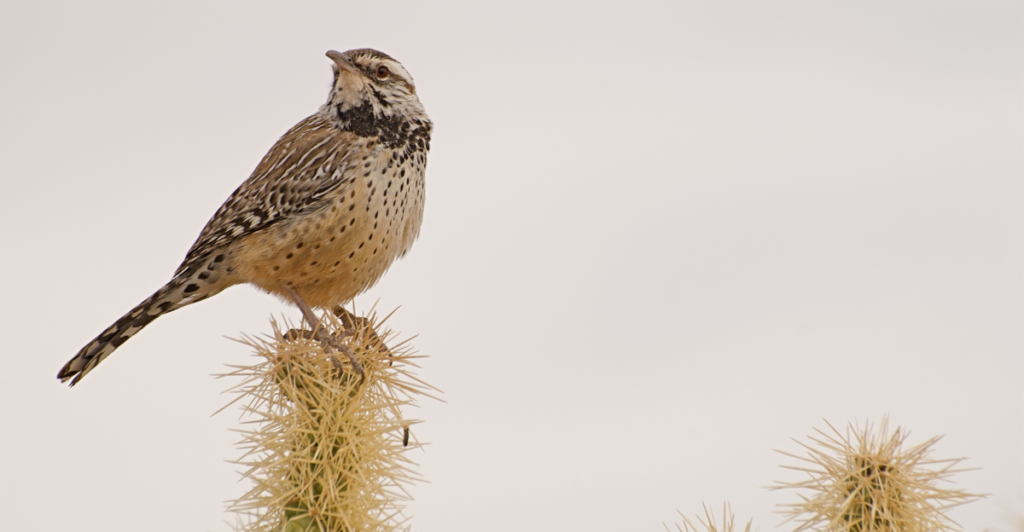
This Cactus Wren is the largest wren species in the United States and even the state bird of Arizona. These birds are distinctive with their bold white eyebrow stripe, speckled brown plumage, and long, slightly curved bill. They are adaptable and thrive in desert areas where they build large, football-shaped nests in thorny cacti or other protective vegetation.
They are opportunistic feeders and love to snack on fruits, seeds, and even the occasional insects, spiders, and small lizards. Their grating call has become part of the sounds of the desert, but due to habitat loss, they are threatened, and conservation efforts might be needed sooner rather than later.
Explore more of our trending stories and hit Follow to keep them coming to your feed!

Don’t miss out on more stories like this! Hit the Follow button at the top of this article to stay updated with the latest news. Share your thoughts in the comments—we’d love to hear from you!







